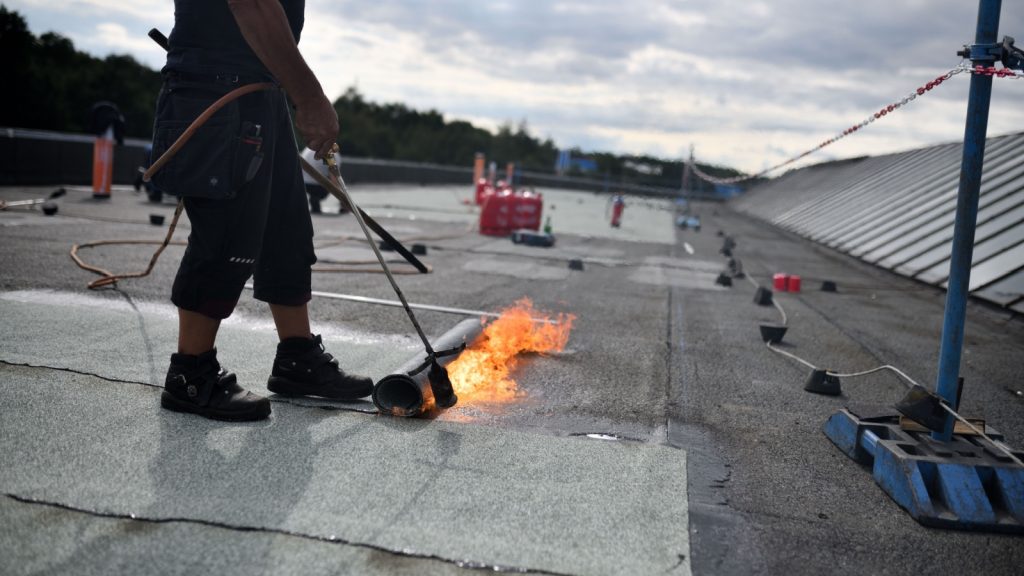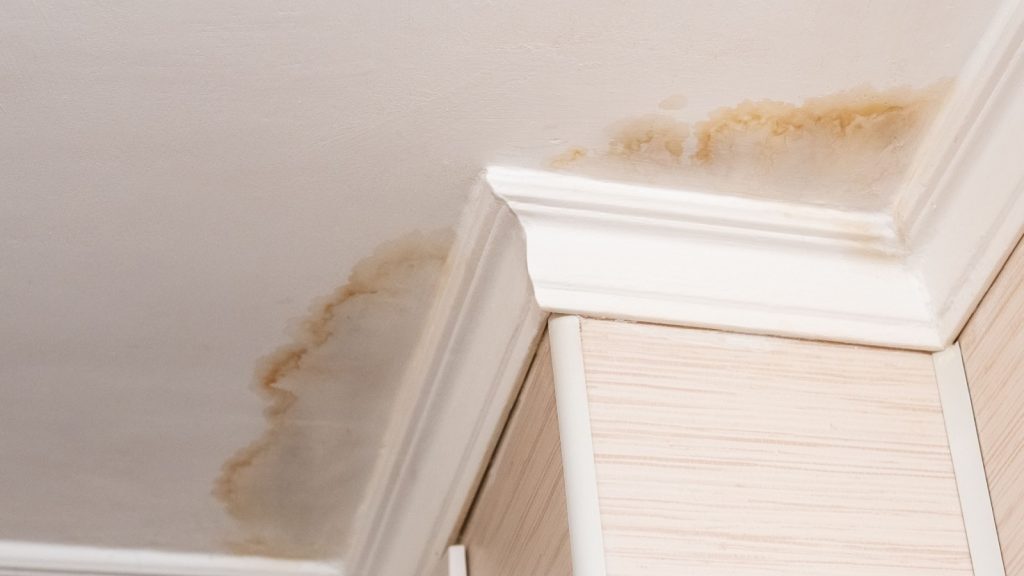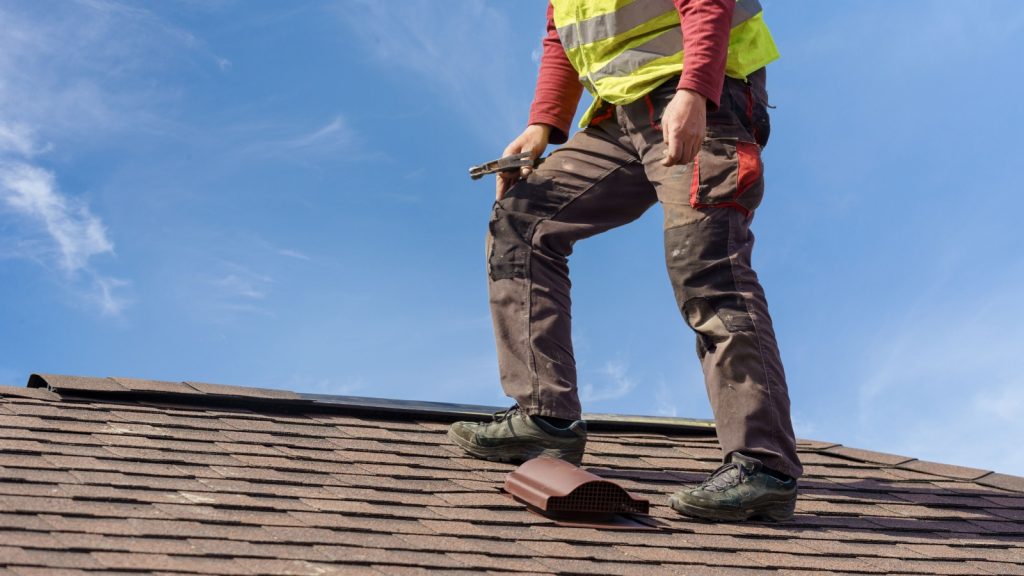How to Spot Roof Damage After a Houston Storm: Key Warning Signs

Key Warning Signs
A Houston storm can be an intense experience, bringing strong winds, hail, heavy rain, and roof hail damage. While protecting your family inside your home, it’s crucial not to forget about the roof above your head. The integrity of your roof is vital in shielding your home from the elements, and storm damage—if left unchecked—can lead to costly repairs and even more significant issues over time.
This guide will help homeowners and roofing contractors in Houston identify key signs of roof damage, understand how to inspect their roofs, and take proactive steps to maintain their homes year-round.
Why Roof Hail Damage and Storm Damage Can’t Be Ignored
Your roof is your home’s first line of defense during a storm. High winds, hail, and prolonged heavy rainfall can take a toll, even on a high-quality roofing system. Storm damage can be sneaky, showing up as subtle issues that worsen over time. Catching problems early can save you thousands of dollars in major repairs and protect your home from leaks, structural damage, and mold growth.
What Makes Houston Storms Different?
Houston’s climate presents unique challenges for homeowners. Intense thunderstorms, hurricanes, and frequent hail storms are normal in this region. This combination of weather conditions can wreak havoc on even the sturdiest roofs. Unlike more predictable climates, Houston storms often bring sudden, extreme weather changes that your roof may not be fully prepared for.
Signs You Have Roof Damage After a Storm
Once the storm has passed, it’s essential to check for signs of roof hail damage and storm damage. Some are more obvious, while others are hidden and require closer inspection. Here is what to look out for:
Visible Signs of Damage
- Granules in Gutters or Downspouts: Small, dark granules from asphalt shingles could mean your shingles have degraded from hail damage.
- Cracked, Broken, or Curling Shingles: Storms can leave behind shattered or misshapen shingles, compromising your roof’s protection.
- Missing Shingles: High winds can lift and tear shingles off your roof, leaving exposed patches that are vulnerable to leaks.
- Hail Damage: Look for dents, cracks, or bruising on your shingles—classic signs of roof hail damage.
Subtle Signs of Trouble
- Leaky or Clogged Gutters: Gutters overflowing with debris can lead to water pooling around your foundation or causing roof leaks.
- Water Stains and Ceiling Leaks: Water damage in your attic or on your ceilings could indicate roof leaks from storm damage.
- Dark Streaks or Spots: Discoloration on your roof or walls might hint at hidden moisture or damage.
- Warped Roofing or Exposed Nails: Visible warping or exposed roofing materials are signs that your roof’s structural integrity has been compromised.
How to Perform a Roof Inspection
After spotting initial signs, a thorough roof inspection is the next step. But before climbing up a ladder, consider whether you should inspect it yourself or involve a professional.
DIY Inspection After a Storm
If you decide to check for damage yourself, follow these steps to stay safe and efficient.
Start Inside the House
- Check your attic for signs of leaks, water stains, mold, or mildew.
- Look for sunlight peeking through gaps in your roof in the attic.
Move to the Gutters
- Clear leaves and debris from your gutters and downspouts.
- Look for granules or pieces of shingle material in the gutter system.
Inspect the Outside Roof Area
- Look for sagging, pooling water, or damaged shingles.
- Pay attention to flashing around chimneys, skylights, and vents—it should be intact with no gaps.
- Check for ice dams in winter conditions or excessive warping.
When to Call in the Professionals for Roof Hail Damage and More
While a DIY roof inspection can cover the basics, professional roofing contractors can uncover hard-to-spot issues like structural weaknesses or flashing problems. Professional inspections often come with detailed reports, drone footage, and expert recommendations for repairs or proactive measures.
Keep Your Home Secure Year-Round
Proactive roof care isn’t just for storm season. Regular maintenance can extend the lifespan of your roof and prevent small issues from turning into major headaches.
Roof Maintenance Tips
- Know Your Roof’s Age: Older roofs are more prone to wear and tear. If your roof is 15-20 years old, it may be time for a replacement.
- Spot-Check Twice a Year: Perform routine checks in the spring and fall, as well as after every major storm.
- Watch for Neighboring Damage: Homes in the same area experience similar storm conditions. If your neighbors have roof hail damage, it’s worth inspecting your own.
- Address Repairs Immediately: Don’t wait to fix missing shingles, cracks, or clogged gutters. Delayed repairs often lead to costlier problems.
How Bumble Roofing of The Woodlands Can Help
Spotting roof hail damage and storm damage is just the first step—acting on your findings is what keeps your home safe. This is where Bumble Roofing of The Woodlands can make a difference.
From inspecting your roof to addressing roof hail damage and repairing broken shingles, Bumble Roofing offers a honeycomb of services tailored specifically for homeowners in The Woodlands. Here’s why we’re the bees’ knees of the roofing industry:
- Comprehensive Inspections: Our 20-point inspection ensures no detail is missed in keeping your roof secure.
- Expert Roof Repairs: Catch storm damage early, and we’ll fix it with precision using high-quality materials.
- Emergency Services: When disaster strikes, trust Bumble Roofing to provide quick, efficient repairs to secure your home.
- Transparent Pricing, Honest Service: No hidden fees, 5-star service, and a 100% satisfaction guarantee make us the most buzz-worthy roofing company around!
Turn your hive into the buzz of the neighborhood with Bumble Roofing. Contact us today for a free estimate and experience why we’re Houston’s trusted choice for roofing solutions.
Roofing, the Easy Way
Get Estimate





